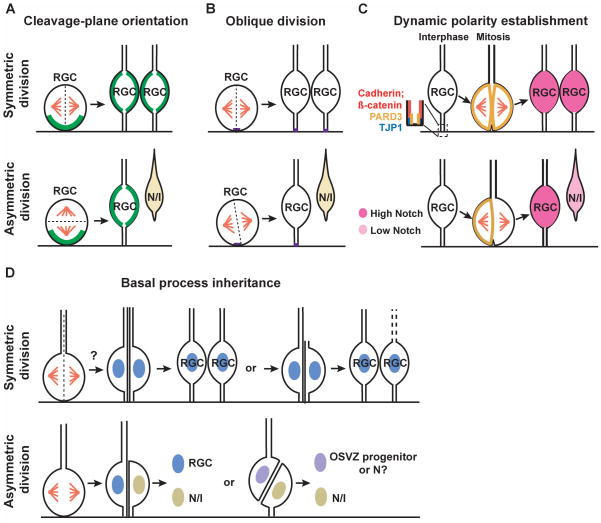Figure 3. Models of symmetric and asymmetric divisions of radial glial progenitor cells in the mouse neocortex.
(A) Cleavage-plane orientation model. When the cleavage-plane is perpendicular to the VZ surface, the division of RGCs results in symmetric inheritance of critical fate determinants enriched at the VZ surface (represented by a green line) and consequently the same daughter cell fate specification (i.e. symmetric division). When the cleavage-plane is parallel to the VZ surface, the division results in asymmetric inheritance of critical fate determinants enriched at the VZ surface and consequently distinct daughter cell fate specification - one remains as RGC whereas the other becomes a postmitotic neuron (N) or an intermediate progenitor (I) (i.e. asymmetric division). (B) Oblique division model. Dividing progenitor cells possess a small patch of membrane close to the VZ surface (represented by a short purple line), the inheritance of which is critical for fate specification. Bisection of this small membrane patch leads to symmetric division, whereas a slight tilt in the vertical cleavage plane (i.e. oblique division) bypasses it and results in asymmetric division. (C) Dynamic polarity establishment model. The distribution of the evolutionarily conserved cell polarity protein PARD3 is dynamic depending on cell cycle progression, which becomes dispersed during mitosis. Even distribution of PARD3 in dividing RGCs leads to symmetric division, whereas polarized distribution of PARD3 results in its asymmetric inheritance by the two daughter cells, followed by differential activation of NOTCH signaling and subsequent distinct fate specification. (D) Basal process inheritance model. Inheritance of the basal process has been linked to fate specification though it is still controversial. The basal process can be bisected and inherited by both daughter cells during the symmetric division, although it has also been postulated that the basal process may be inherited by only one daughter RGC while the other has to elaborate a new basal process. For the asymmetric division, earlier studies suggested that the daughter cell that inherits the basal process becomes a differentiating neuron whereas the other daughter grows a new process and remains in the VZ as a progenitor. Recent work indicated that the daughter cell inheriting the basal process remains a progenitor (either a RGC or OSVZ progenitor) while the other differentiates (either a neuron or an intermediate progenitor).

